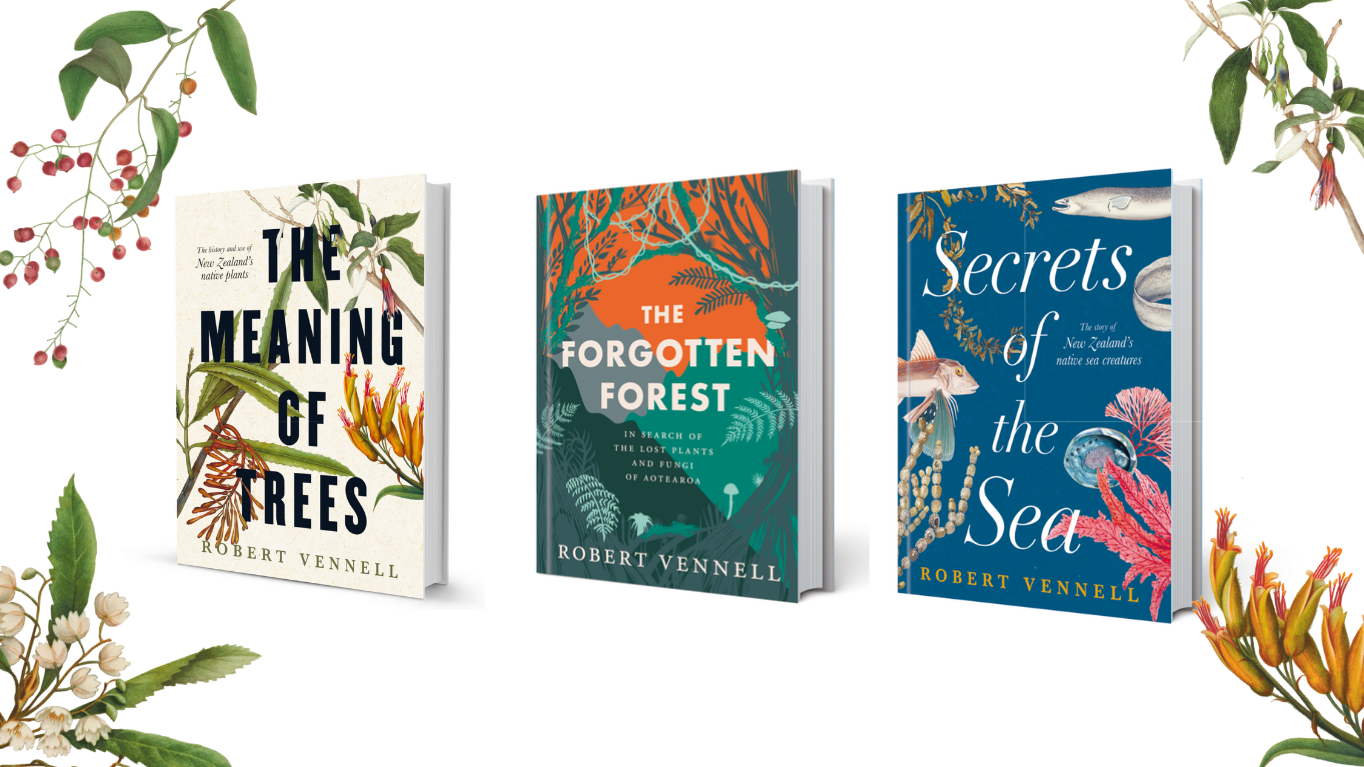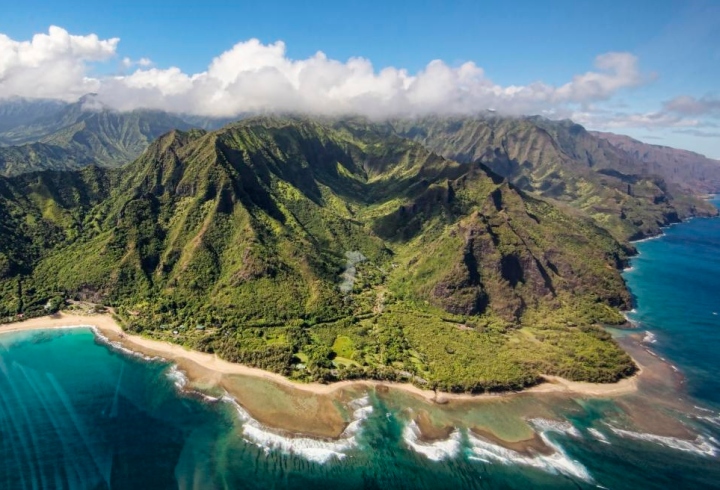Culture & History
The most striking feature of the Karaka tree are it’s large orange berries; and the word Karaka in Māori means “to be orange”. The raw kernels of these berries carry the toxin Karakin, which is highly poisonous. Humans who consume the kernels convulse in violent spasms that leave them physically distorted and paralyzed. Māori treatment for Karaka poisoning was to gag the victim, roll them up in mats and bury them up to their neck.
Despite the dangers, with proper treatment the kernel is edible and was an important food source for Māori. In fact, William Colenso believed that for some Māori tribes it’s signifance as a food source was second only to Kumara. Though its natural distribution is considered to be coastal areas of northern north island, the tree is found inland and other places across the country as a result of cultivation by Māori. In places of former Māori occupation, it is common to see Karaka planted in straight lines, circles or groves.
Outside of its natural range, Karaka has often become a weed – aggressively colonising an area and shading out the competition. As part of a re-forestation programme in the 1920s Karaka seeds were dropped from airplanes over several islands in Hawaii. It is now considered a pest species and threatens the existence of Heau (Exocarpus luteolus) one of Hawaii’s most endangered species. Even within New Zealand it has been perceived as a weed, such as in the lower North Island where it competes with locally native species.
Karaka was the most significant tree of the Moriori. The ancestors of Moriori were Māori travellers from New Zealand, who around 1500AD made the journey east to colonise the Chatham Islands. On arrival they planted Karaka seeds from mainland New Zealand, which were spread by the native Chatham Pigeon (Hemiphaga chathamensis) to cover a large part of the island. Karaka served as a vital element of variation in their diet, which primarily consisted of seafood. The tree had powerful spiritual significance aswell and over time as memory of New Zealand faded, stories arose of how Karaka was brought to them from the ancestral homeland of Hawaiiki. Carvings in the trunks – dendroglyphs – of people, plants and animals can still be seen on the island today and are considered internationally significant and a sacred treasure for Moriori descendants.
Uses
The primary use of Karaka was for food. The raw flesh of the berry is edible though it was the kernel that was most highly prized. The prepared kernels could be eaten, stored for use over winter, or ground up into a type of flour for bread.

The leaves were used in medicine and were applied to wounds. Only the upper glossy surface of the leaf was used as the underside was said to have a harmful effect. The wood is light, brittle and susceptible to rot, which meant it was poorly regarded as building material and its primary use was for firewood.







Awesome 😊
Thanks for the info, simple, clear and brief.
Easy information to shore and remember.
Shar
LikeLike